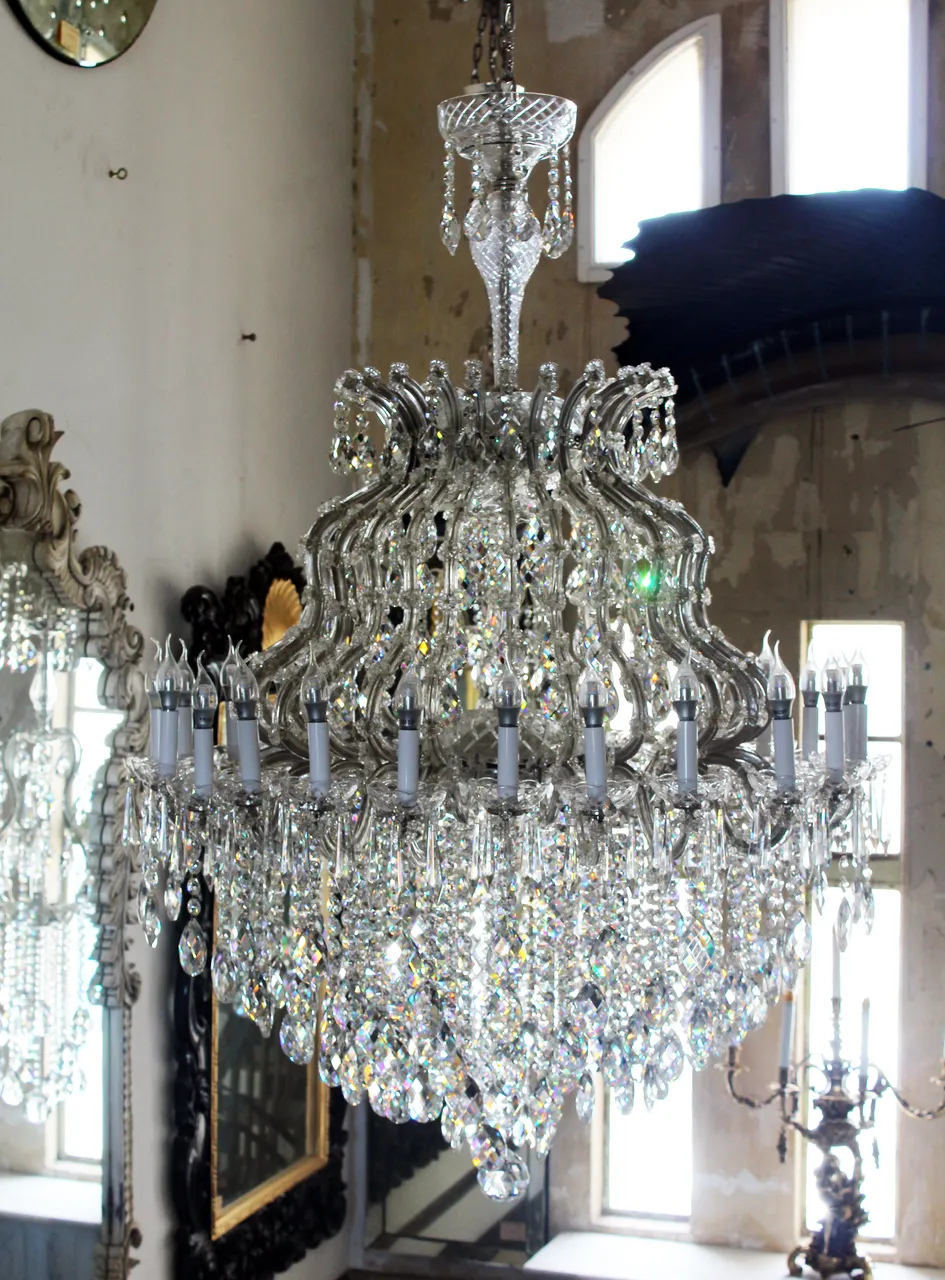
Happy Saturday, Steemians! Today is a quiet Saturday for me so far. I'm sitting at work, and have completed all my tasks and inquiries, and was pondering on a topic to write about for my post today. When IT struck me. Why not write a post about something I am asked about every single day?
Every single day of my life, in my job at the antique shop, I am asked about the history of the chandeliers I sell. We have such a huge range, that explaining each and every light would turn into a history lesson. And I LOVE history. I always thought I might want to work as a tour guide in a huge museum, like the ones we see in New York or London. I get waaaay too excited about silly details.

ETYMOLOGY
Let's start with the meaning of the word chandelier. I always find it helps to go back to the origin of a word, to really understand it's meaning and usage.
As you can see in the nifty image below, "chandelle" literally means candle, and my research shows that the suffix "lier" is derived from Old French, with Latin roots, meaning "to tie". So roughly translated, "chandelier" would mean a few candles tied together. Interesting! (For me at least😂😂)

HISTORY
The first chandeliers ever used date back to Gothic/Medieval times. You know the ones - they look like they're straight outta Games of Thrones. These were more functional than decorative, but as time went by, the Jones had to show the other Joneses that they had more money than them, and chandeliers became an item of luxury.
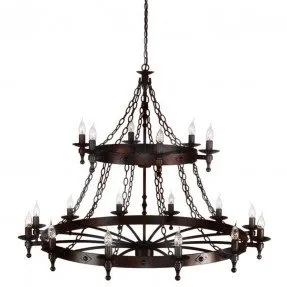
As far as my knowledge goes, the 1700's is when chandeliers really started to take off. Elaborate casts for arms and chandelier frames were manufactured, and ormolu (a form of gold and bronze) was the most popular metal used to make these completely OTT lights. Glass makers had just discovered how to make crystal, and so, the not-so-humble chandelier was born.
Most lights at the time were in the style of Neoclassicism, which draws it's inspiration from early Roman and Greek design.
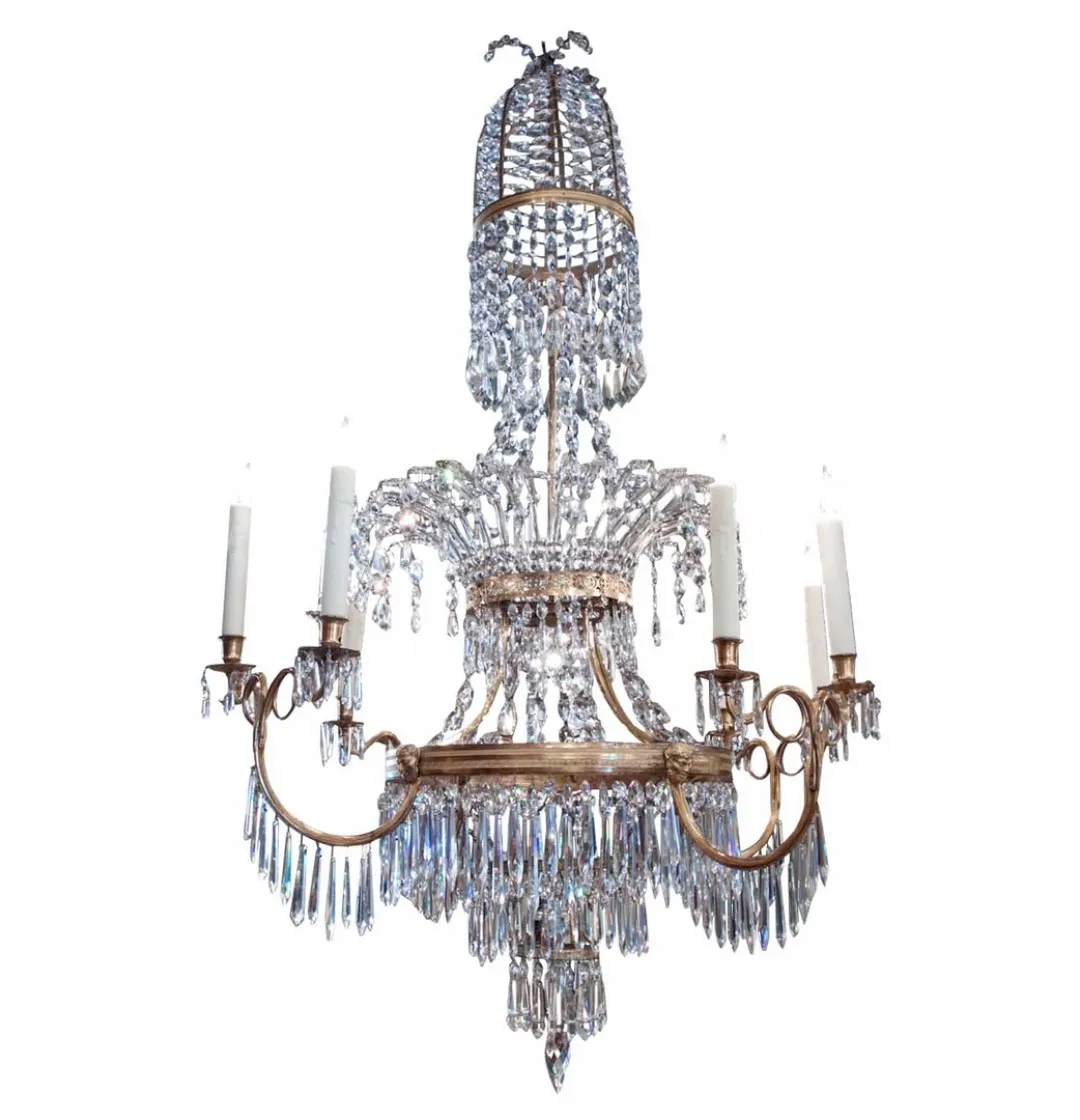
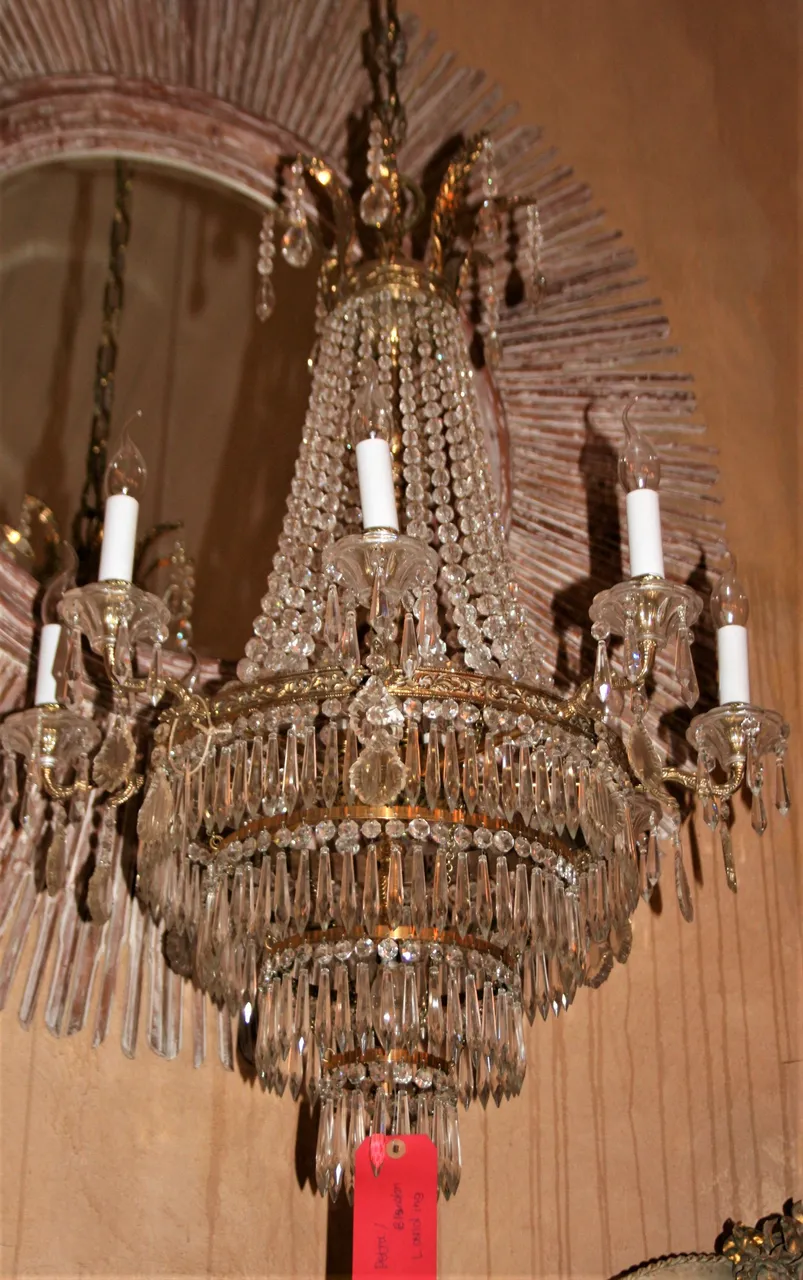
Over in Italy, the glassblowers of Venice were doing some interesting things. The island of Murano, especially, was developing it's own very unique style of chandelier, with many different colours of glass, beautiful bouquets of glass flowers and fruit.
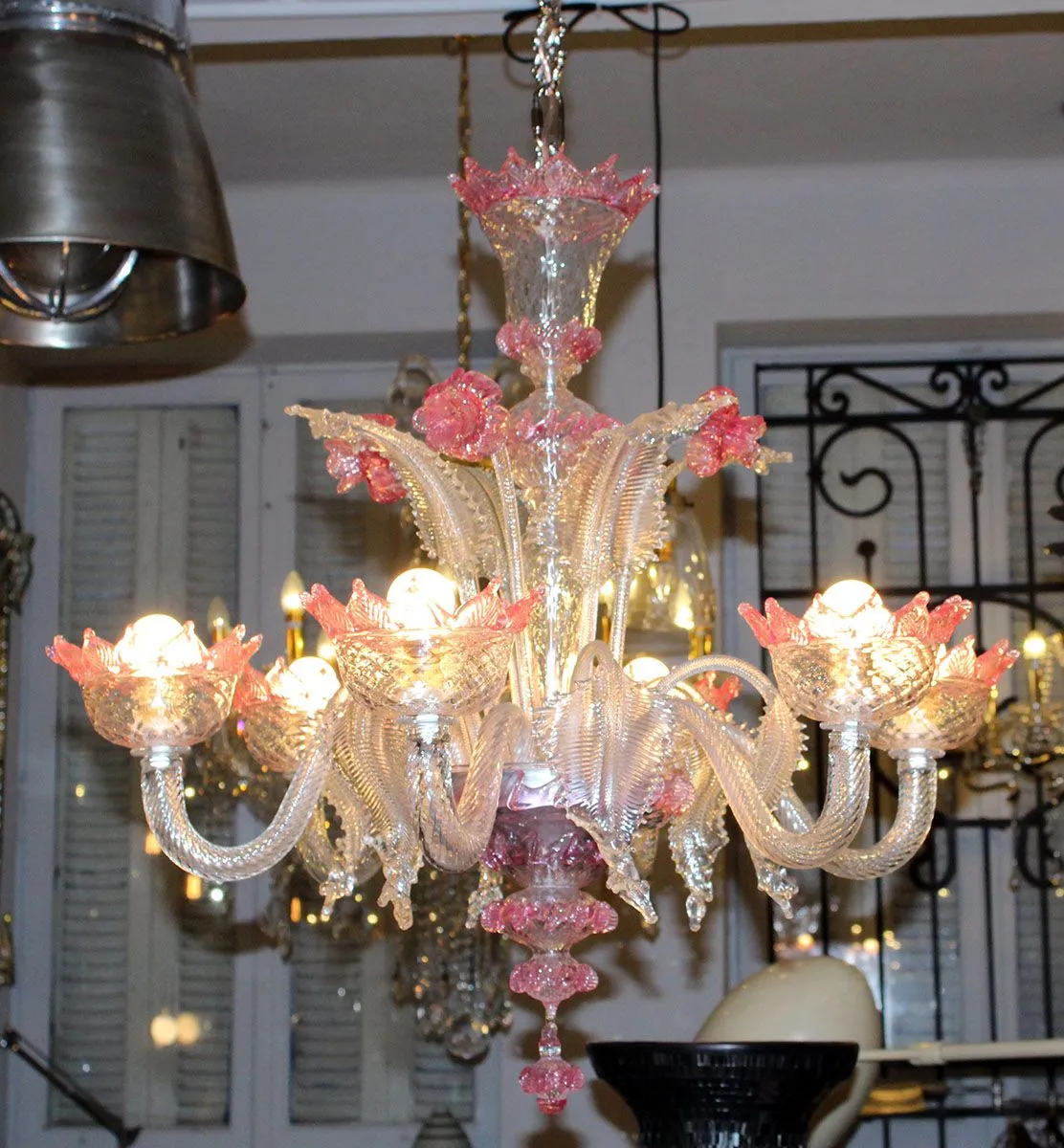
The early 1800's saw the invention of gas lighting. This caused many people to convert their chandeliers to gasoliers. I have had a few gasoliers in my shop, and have always been fascinated with the little taps on the arms where one can turn the gas on or off.
Here you can see a beautiful gasolier which we restored and electrified. Note the small taps on each arm, originally used to turn the gas on and off
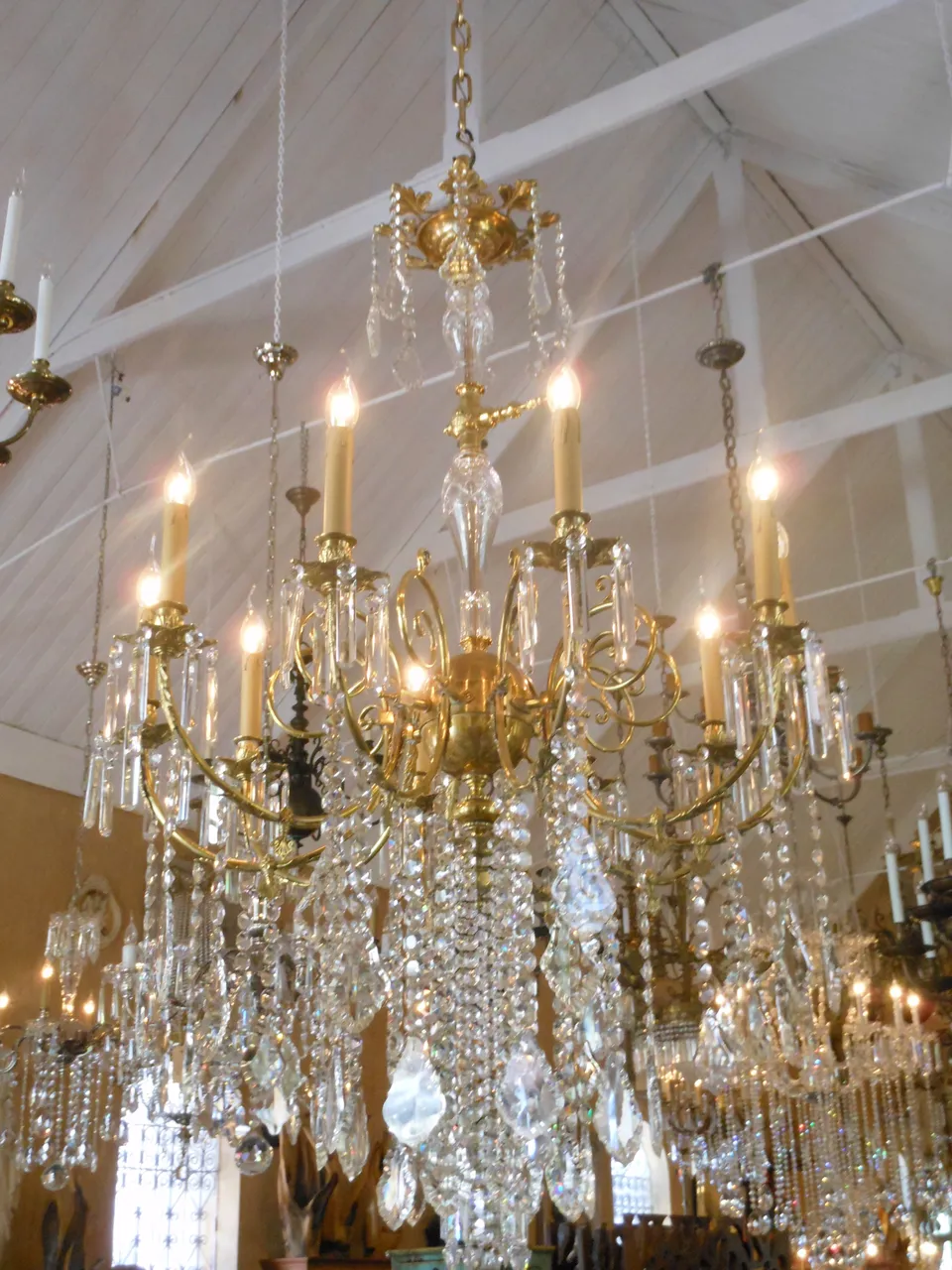
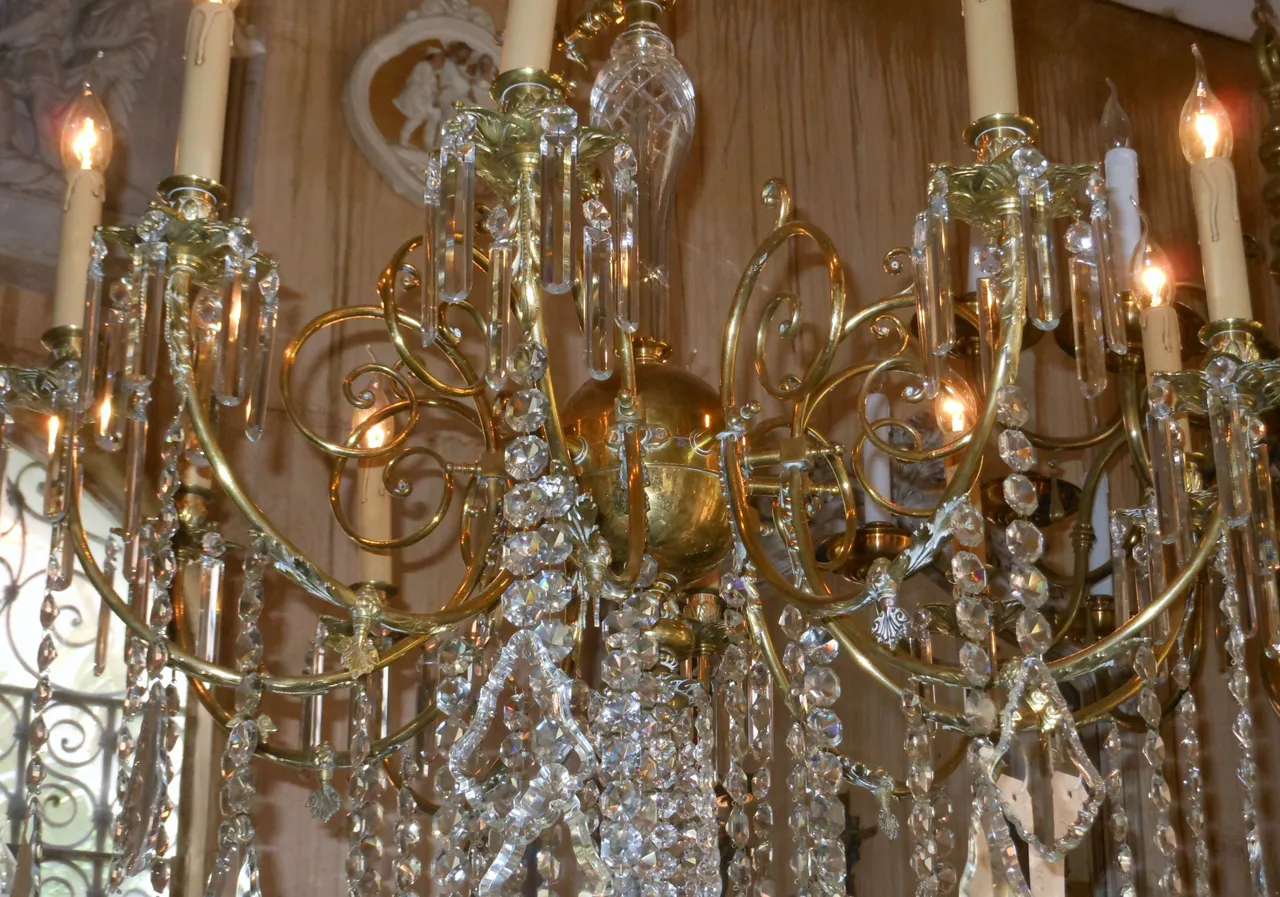
The last ten years of the 19th century brought with it a major development - electricity! Gasoliers became electrolier, but this fell away as lighting designs started vary with the various different styles and architectural eras.
The 20th century explored many different styles of lighting, from the dramatic lines of Art Deco, to the explorative and minimalist designs of the Italians in the sixties. Today, we see a resurgence of Mid-Century Modern, Art Deco, and a large interest in unique and bespoke designs.
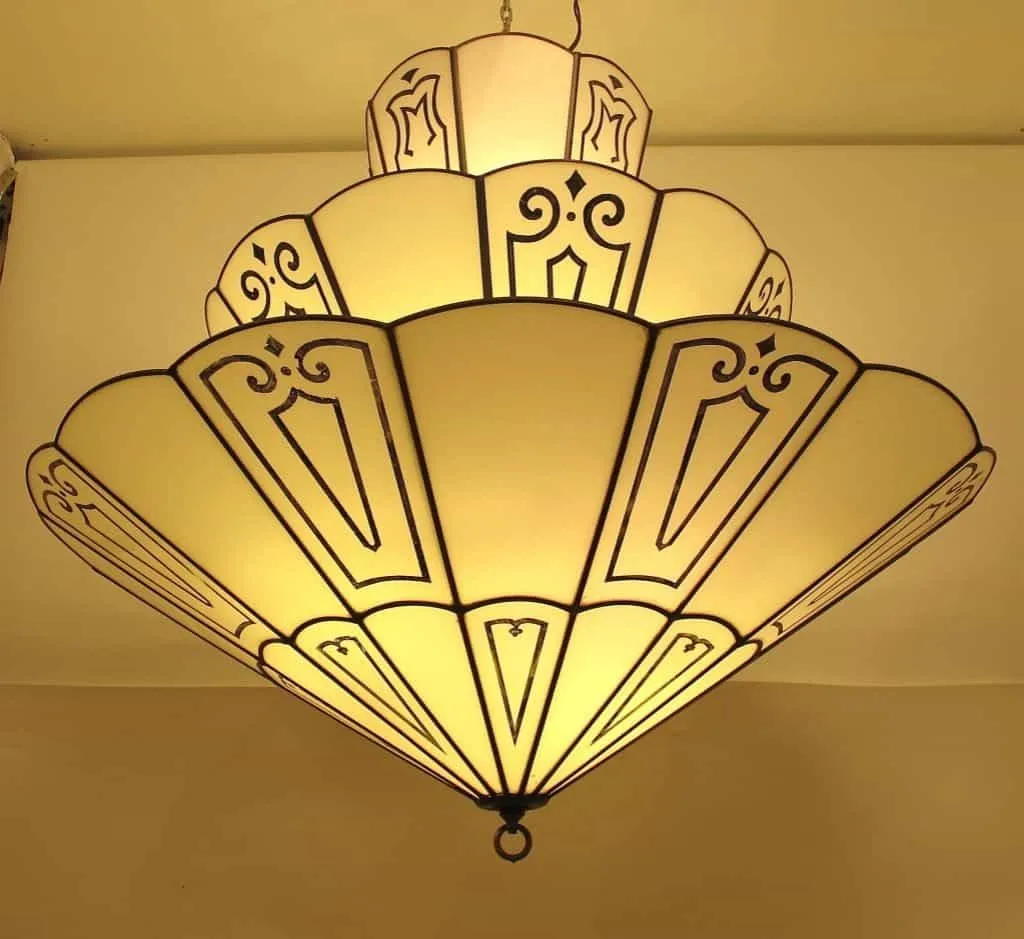
I could really, from this point, start to explore each and every design period, but this would definitely take more than one post.
I hope you have enjoyed my little history lesson. Please feel free to ask, if you have any questions. I am literally, a fountain of knowledge when it comes to this topic, and I really do enjoy sharing what I know with others.

Please consider voting for @adsactly-witness as a witness. To read what we are all about - click here
